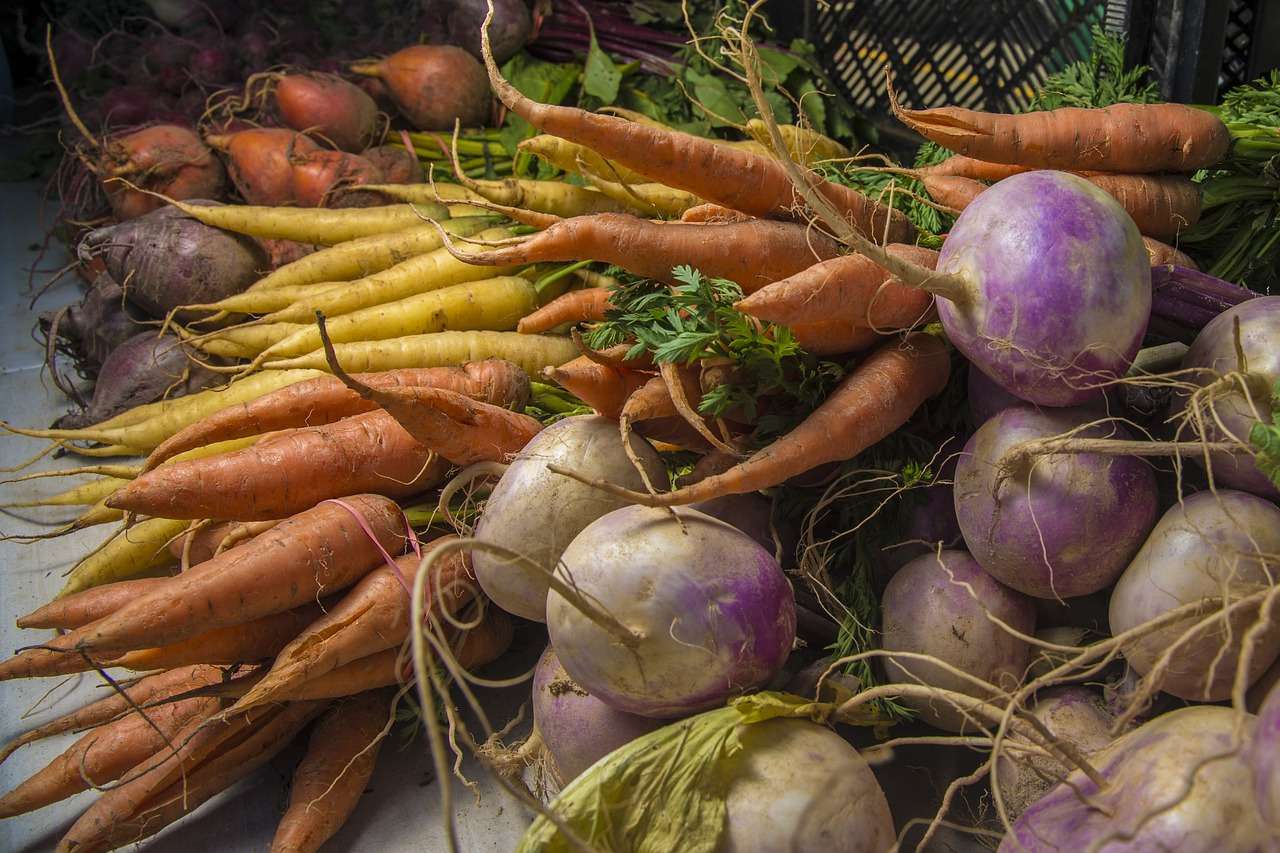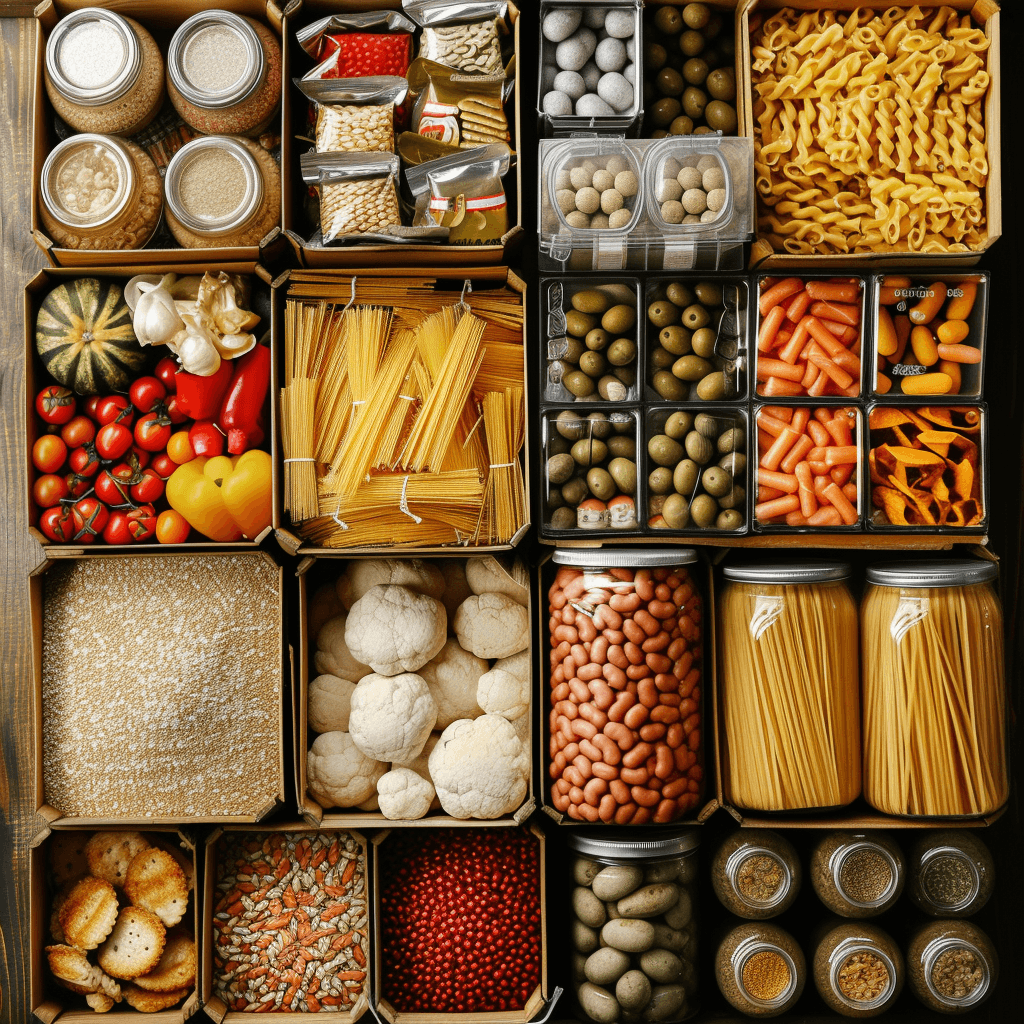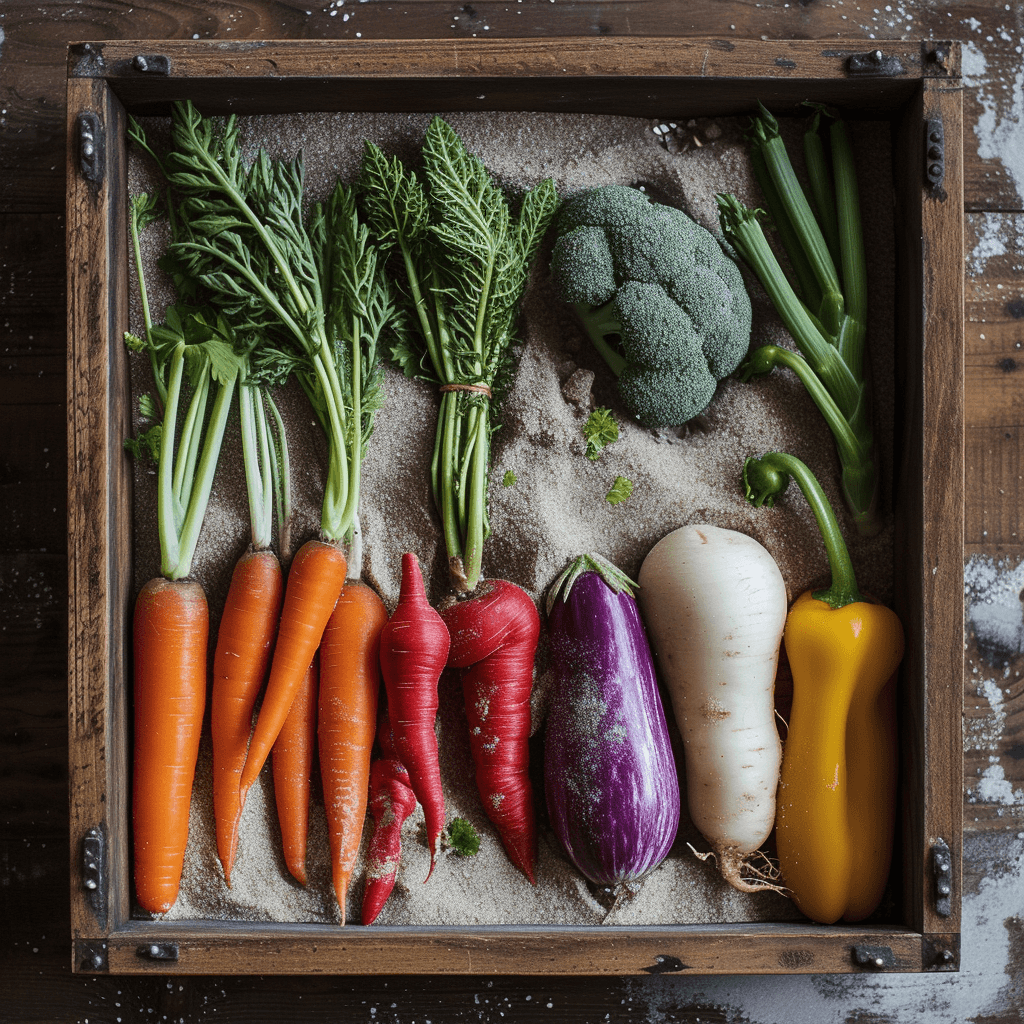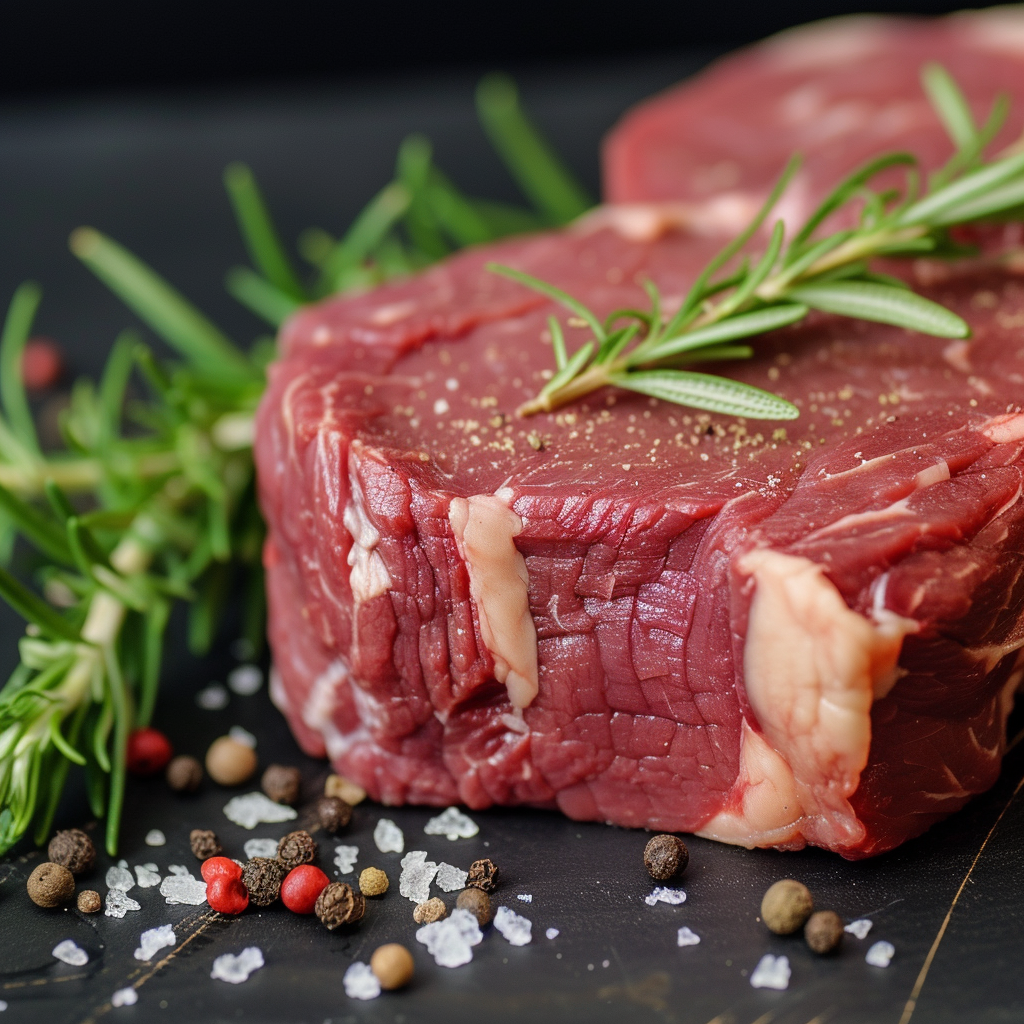In this article, we will be discussing the effectiveness of preserving food by burying it. We will explore the concept of off-grid living and whether burying your food is a viable option for long-term preservation. Join us as we delve into this topic and learn about the potential benefits and considerations of this method. So, can you bury food to preserve it? Let’s find out!
Preserving Food by Burying: Is it Effective?
Methods of food preservation
Preserving food has been a common practice throughout history, allowing people to extend the shelf life of perishable items. Various methods have been developed over the years, including canning, freezing, drying, and fermenting. However, there is one lesser-known method that has been utilized by different cultures for centuries – burying food. Burying food is a unique preservation technique that relies on natural elements to keep food fresh for extended periods. In this article, we will explore the effectiveness of burying food as a preservation method and delve into its intricacies.
Introduction to burying as a preservation method
Burying food as a preservation method involves storing food underground, utilizing the cool and stable environment to slow down the spoilage process. This technique has been employed by indigenous communities, explorers, and even soldiers in times of war to ensure a sustainable food supply over extended periods. By isolating the food from external elements and exposing it to stable temperatures, burying offers a natural and low-energy solution for preserving perishables.
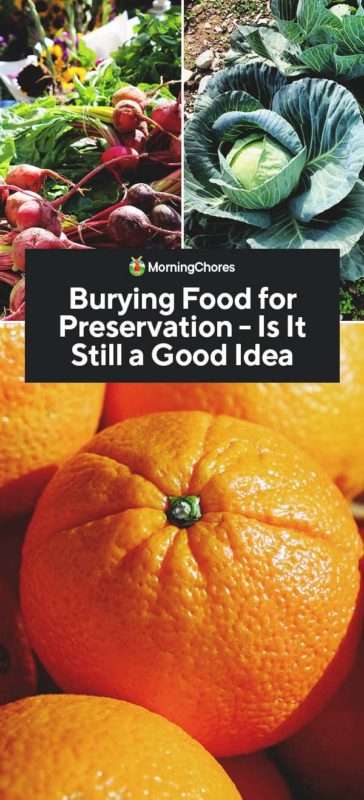
Historical background of burying food
The practice of burying food dates back centuries, with evidence found in archaeological sites around the world. Ancient civilizations like the Egyptians, Greeks, and Romans relied on this method to store food such as fruits, vegetables, grains, and even meat. It was a reliable way to ensure a steady food supply during times of scarcity, as well as for long voyages or military campaigns. Burying food was essential in off-grid living situations, where access to refrigeration or other preservation methods was limited.
Advantages and disadvantages of burying food
Burying food offers several advantages as a preservation method. Firstly, it eliminates the need for electricity, making it a reliable option in off-grid or remote areas. Additionally, buried food remains hidden and protected, reducing the risk of theft or spoilage caused by pests or animals. Burying can also be a sustainable choice, as it does not produce waste or require specialized equipment. However, burying food does have some drawbacks. The accessibility and retrieval of buried food can be challenging, especially in harsh weather conditions or dense terrain. Furthermore, the limited storage space and the potential for spoilage due to temperature fluctuations are important considerations to keep in mind.
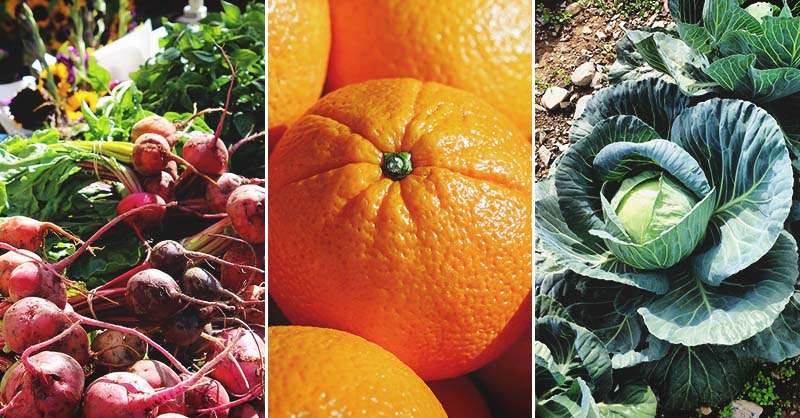
Factors affecting the effectiveness of burying food
Several factors can influence the effectiveness of burying food as a preservation method. One of the most critical factors is the type of soil in which the food is buried. Well-drained soil with sufficient moisture content can help regulate temperature and humidity, creating an optimal environment for preservation. The depth of the burial also plays a role, as deeper burial provides better insulation against external temperature fluctuations. External factors, such as the climate and seasonal changes, can also affect the success of burying food, making it necessary to consider these variables before embarking on the preservation process.
Recommended types of food for burying
Not all types of food are suitable for burying. Generally, non-perishable foods with a long shelf life are best for this preservation method. Grains, legumes, dried herbs, and root vegetables are excellent candidates for burial as they can withstand long periods without refrigeration. Canned goods, when properly sealed, can also be buried, ensuring their continuity. However, highly perishable items like dairy, fresh fruits, and most meats are not recommended for burying, as they can spoil quickly and pose health risks.
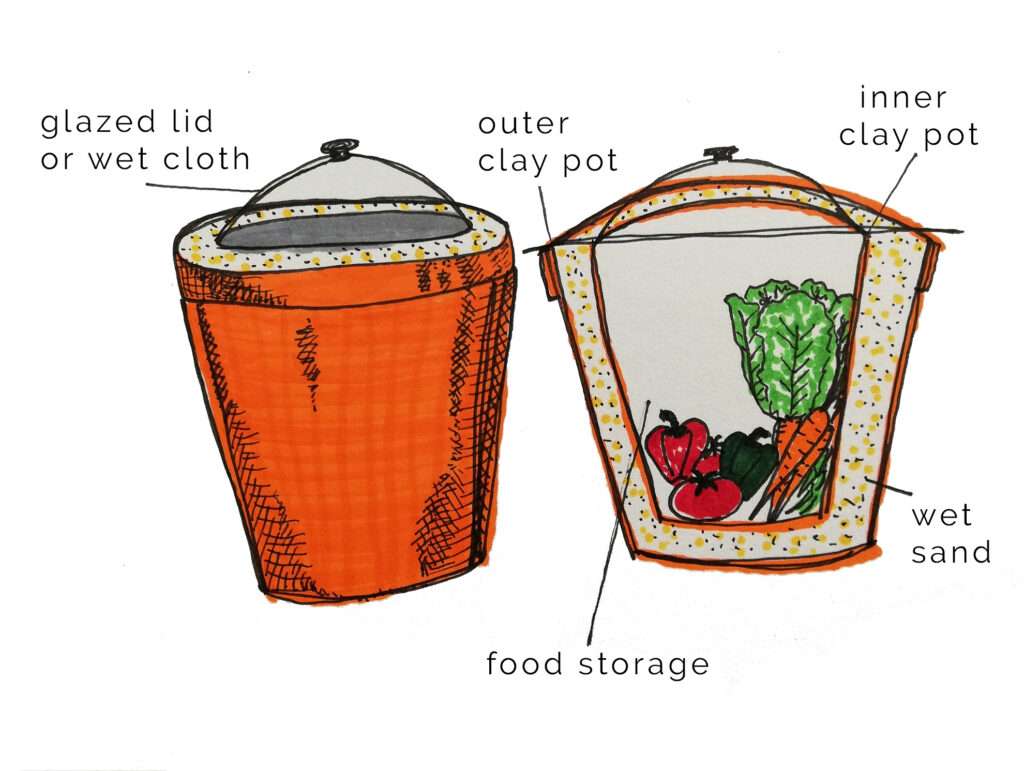
Preparation process of burying food
Preparing food for burial involves several important steps to ensure successful preservation. First, ensure that the food is clean and dry to prevent the growth of mold or bacteria. Package the food in airtight containers, such as jars or vacuum-sealed bags, to protect it from moisture and pests. Label each container with the contents and date of burial for easy identification. It is also crucial to inspect the containers for any flaws or leaks before burying them. Taking these precautionary measures will help maintain the quality and safety of the buried food.
Selection and preparation of burial sites
Choosing the right burial site is crucial for the effectiveness of this preservation method. The chosen location should have soil that promotes sufficient drainage to prevent water accumulation, as excess moisture can lead to deterioration of the food. Additionally, select an area that is well-hidden and secure to minimize the risk of unwanted attention. It is also advisable to avoid burying food near areas prone to flooding or where the water table is high. Adequate sunlight and ventilation should also be considered, as they can affect the overall temperature and humidity levels within the burial site.

Proper storage of buried food
Once the food is buried, it is essential to ensure its proper storage to maintain its freshness and safety. Cover the burial site with a layer of natural materials such as leaves, straw, or sand to provide insulation and protection. This layer acts as a barrier against temperature fluctuations and also aids in preventing odors from attracting animals or pests. It is crucial to regularly inspect the burial site and address any signs of degradation, such as foul smells or animal activity, to prevent the spread of spoilage.
Monitoring and maintenance of buried food
Regular monitoring of the buried food is necessary to ensure its effectiveness as a preservation method. Although burying food is considered a low-maintenance approach, it is essential to check for any signs of deterioration or damage. Periodically dig up a small portion of the stored food for inspection, ensuring it remains in good condition. In case any containers are compromised or damaged, quickly remove and replace them to prevent spoilage from spreading to other stored items.

Common challenges and solutions in burying food
While burying food can be an effective preservation method, it is not without its challenges. One common challenge is the uncertainty of the food’s condition without the ability to easily check its quality. To overcome this, maintain a detailed record of the burial process, including specific dates and the contents of each container. This way, you can rotate the buried food periodically, ensuring that the oldest items are used first. Another challenge is the risk of animals or pests accessing the buried food. To deter them, consider using barriers or traps, and ensure the burial site is well-hidden.
Comparisons with other food preservation methods
Burying food as a preservation method offers unique advantages and disadvantages when compared to other traditional preservation techniques. Compared to canning or freezing, burying does not require special equipment or a constant energy supply. However, burying has limited capacity and accessibility, making it less suitable for preserving large quantities or items that require regular monitoring. It is important to consider these differences when choosing the most appropriate method for your specific preservation needs.
Case studies of successful food preservation by burying
Throughout history, there have been numerous successful instances of food preservation through burying. The ancient Egyptians, for example, buried jars of honey and dried fruits within their tombs, allowing them to enjoy these preserved delicacies in the afterlife. Indigenous tribes in North America stored pemmican, a mixture of dried meat and berries, in underground caches for long periods. These examples demonstrate the effectiveness of burying food and its ability to withstand the test of time.
Conclusion
Burying food as a preservation method offers a unique and sustainable approach to prolonging the shelf life of perishable items. With its historical roots and successful implementation by various cultures, burying remains a viable option for off-grid living or situations where alternative preservation methods are not available. While it may have its limitations and challenges, the effectiveness of burying food can be maximized through proper preparation, storage, monitoring, and rotation. By understanding the factors that affect the success of this method and selecting suitable foods for burial, you can confidently explore burying as a viable means of preserving your food for extended periods.

